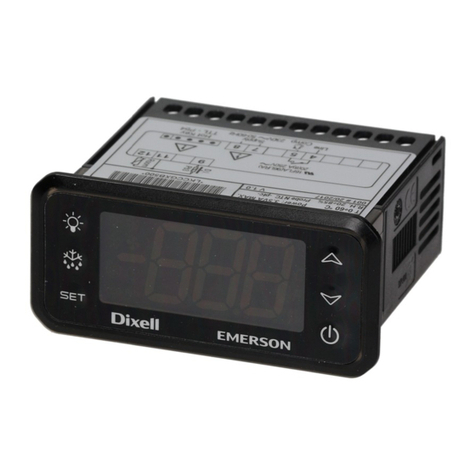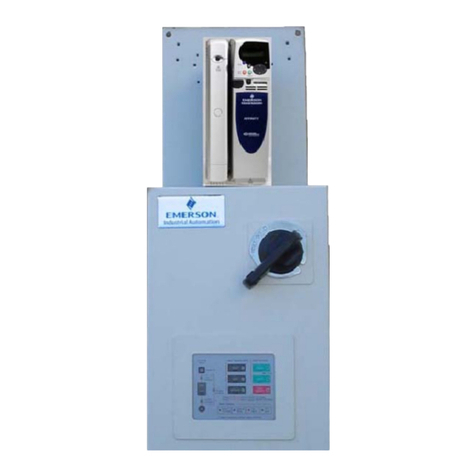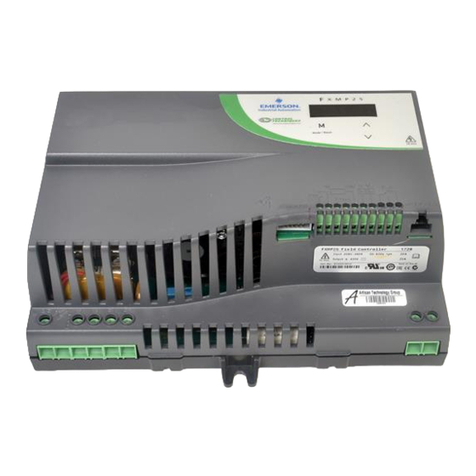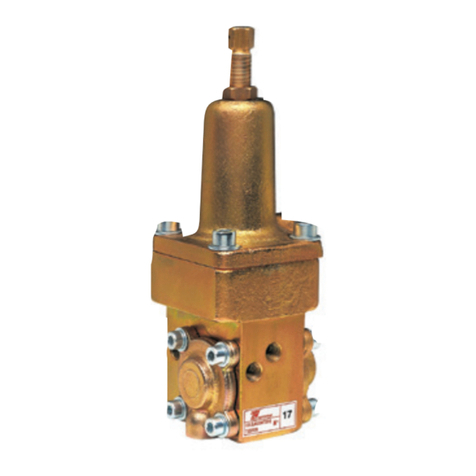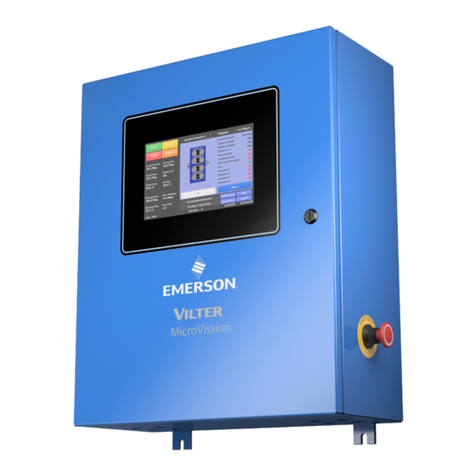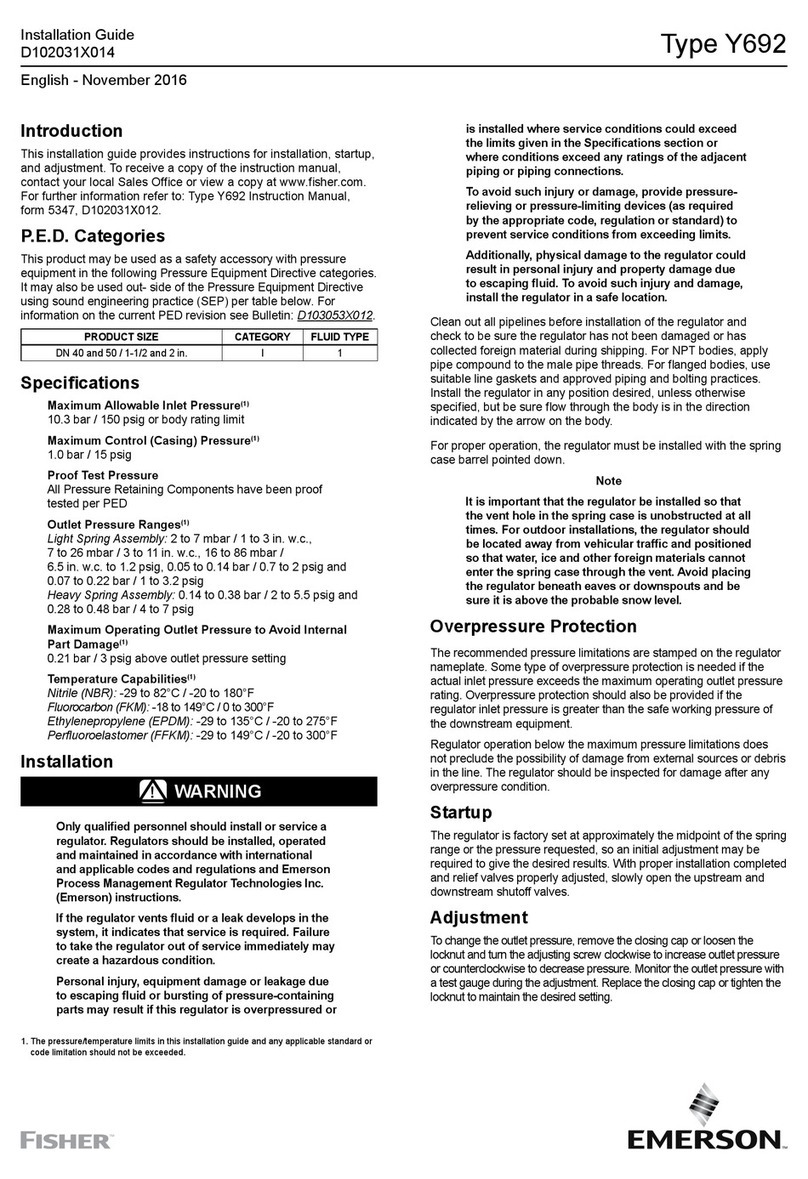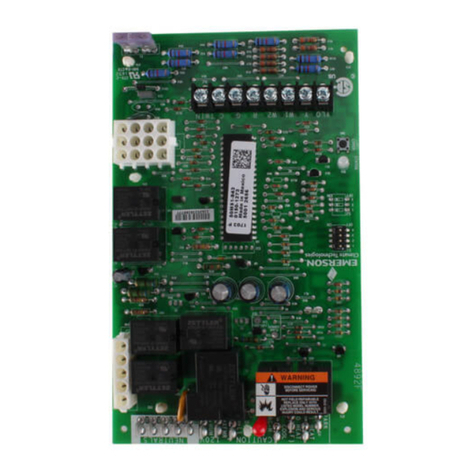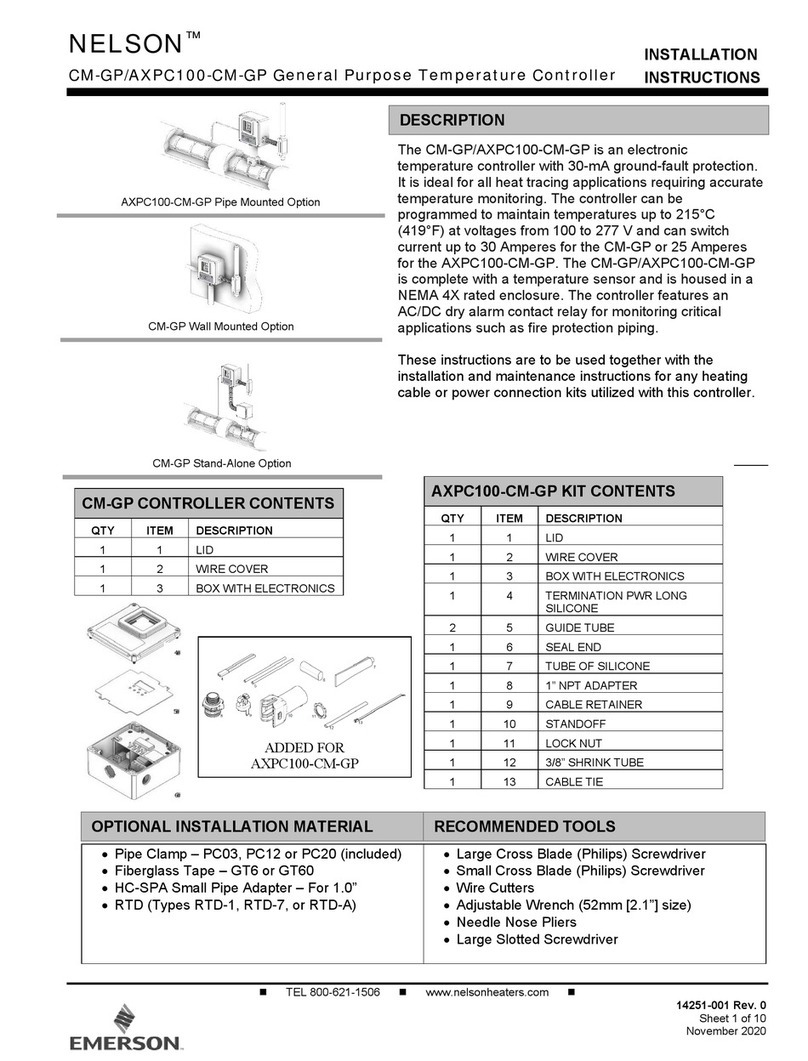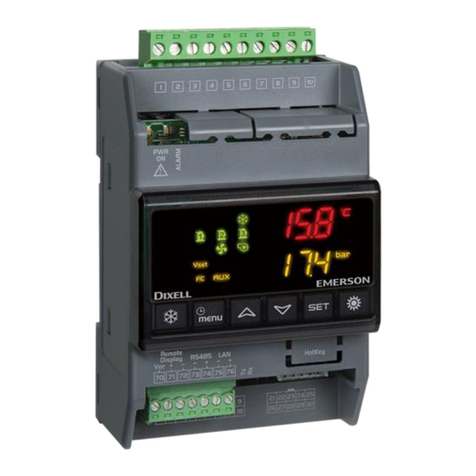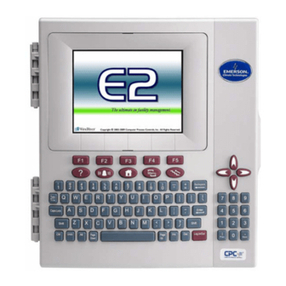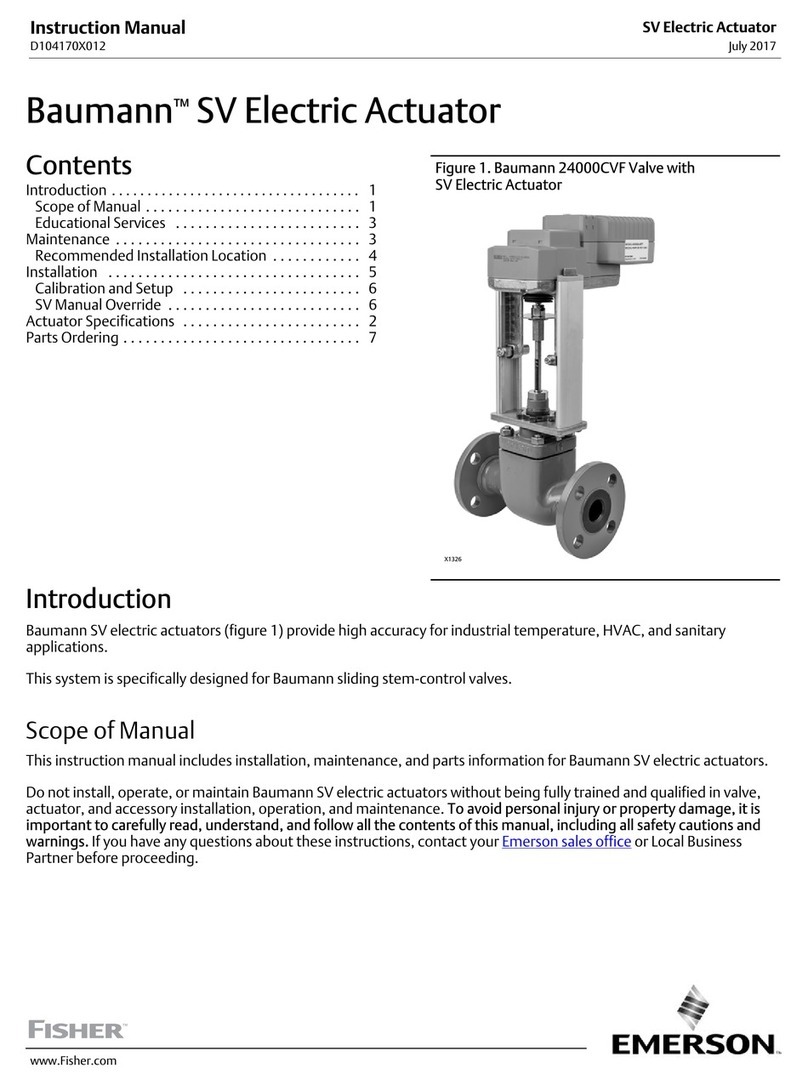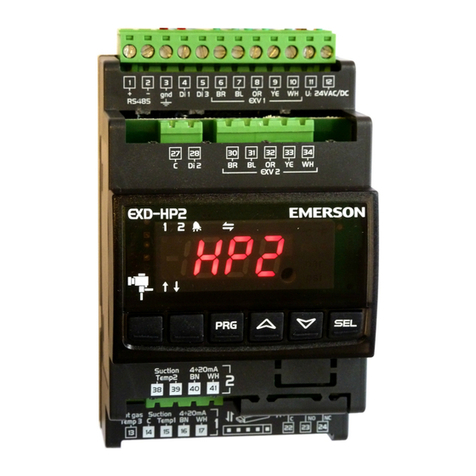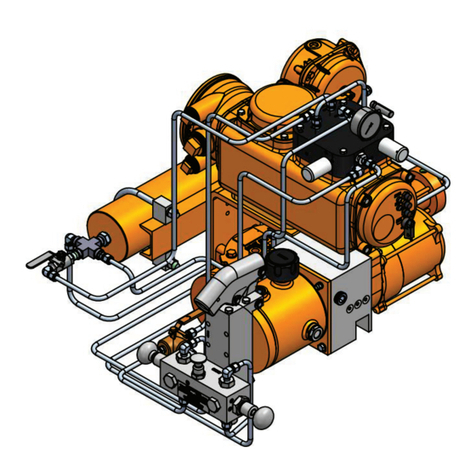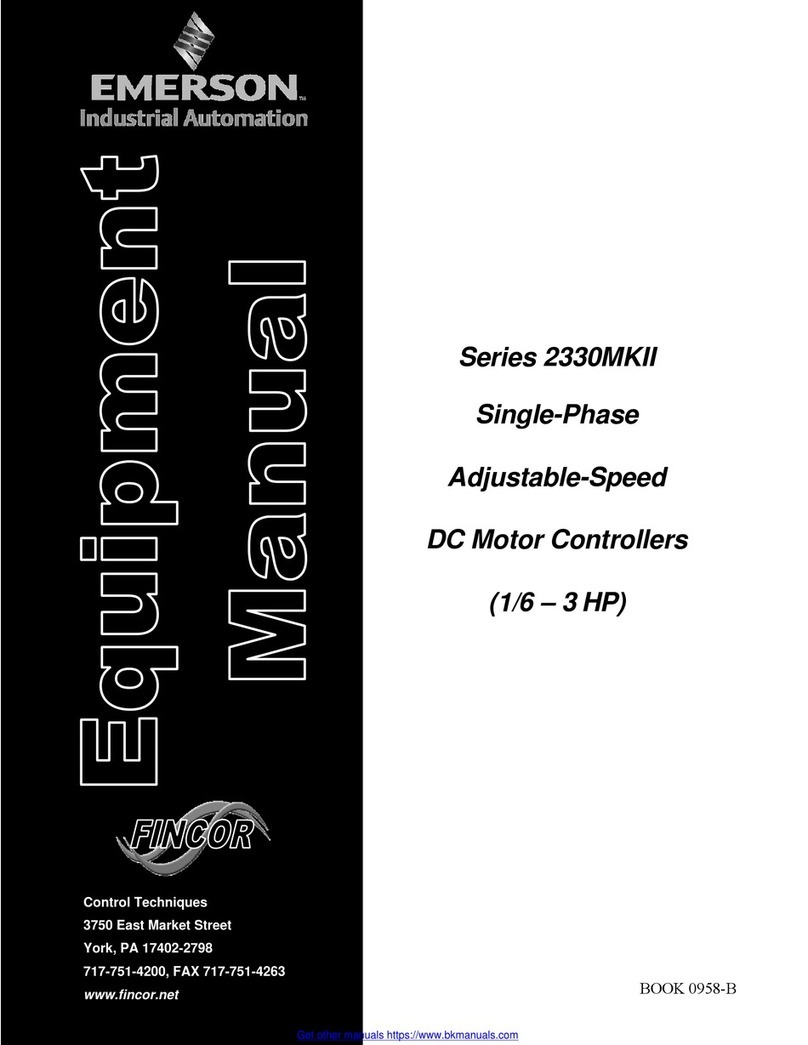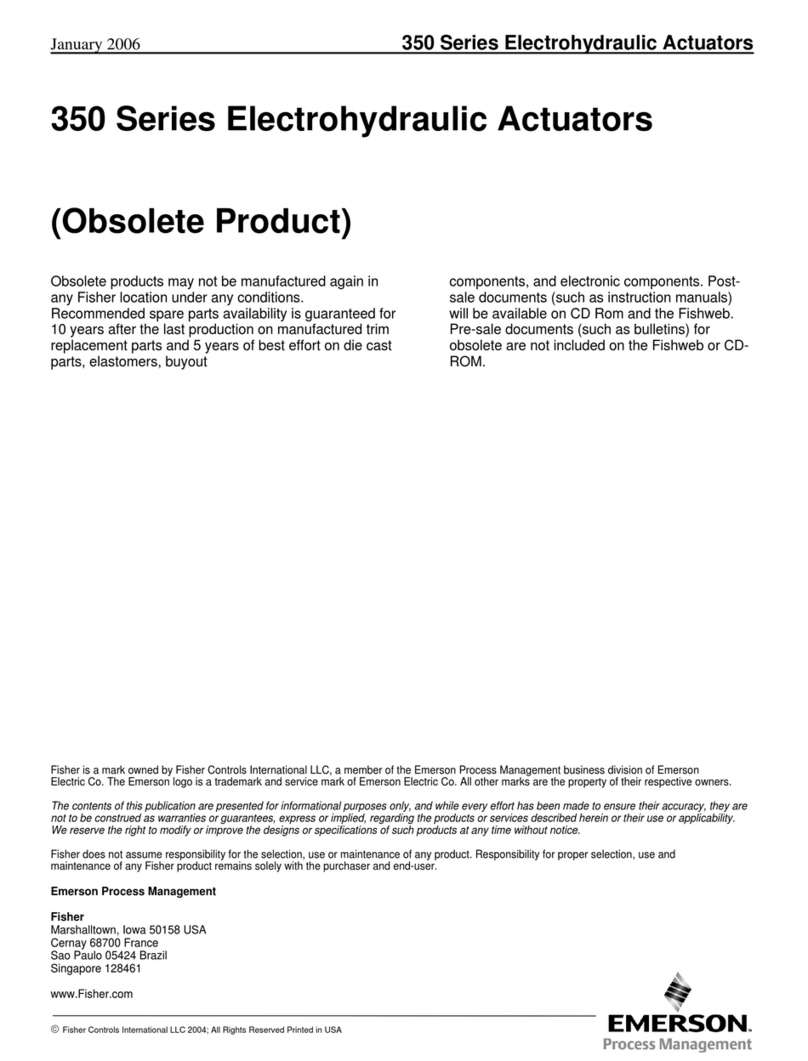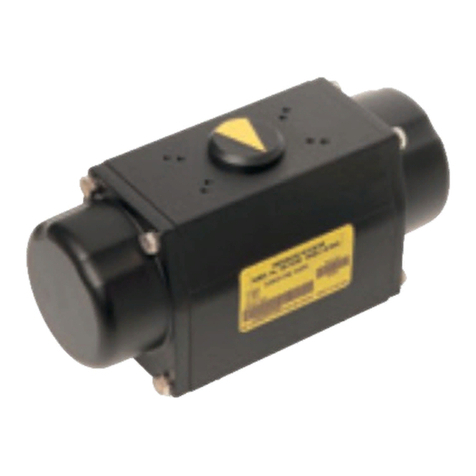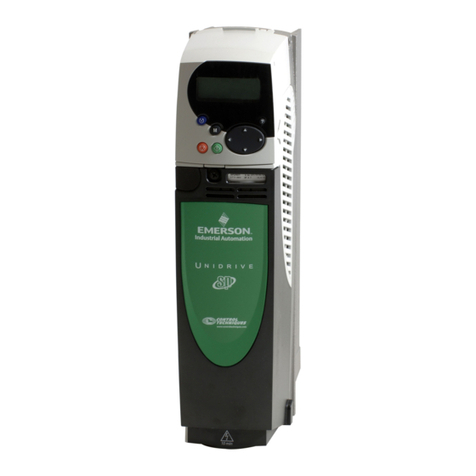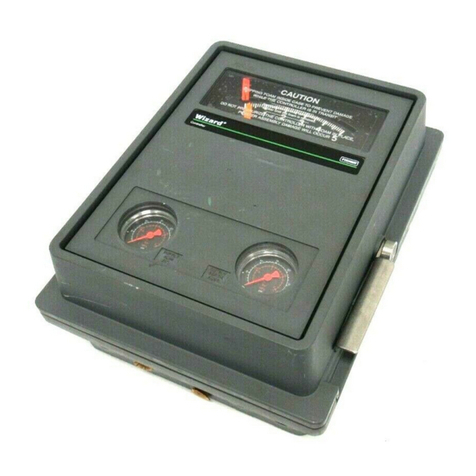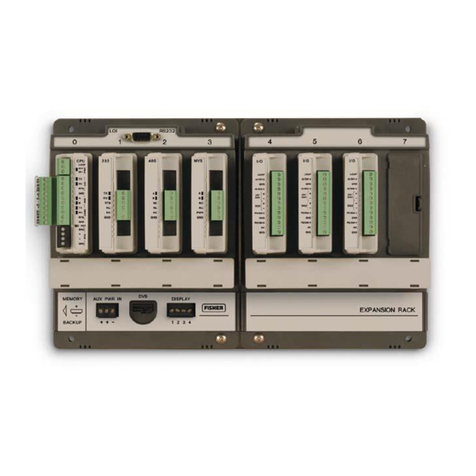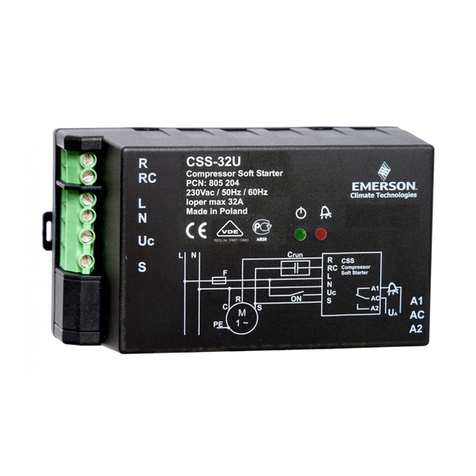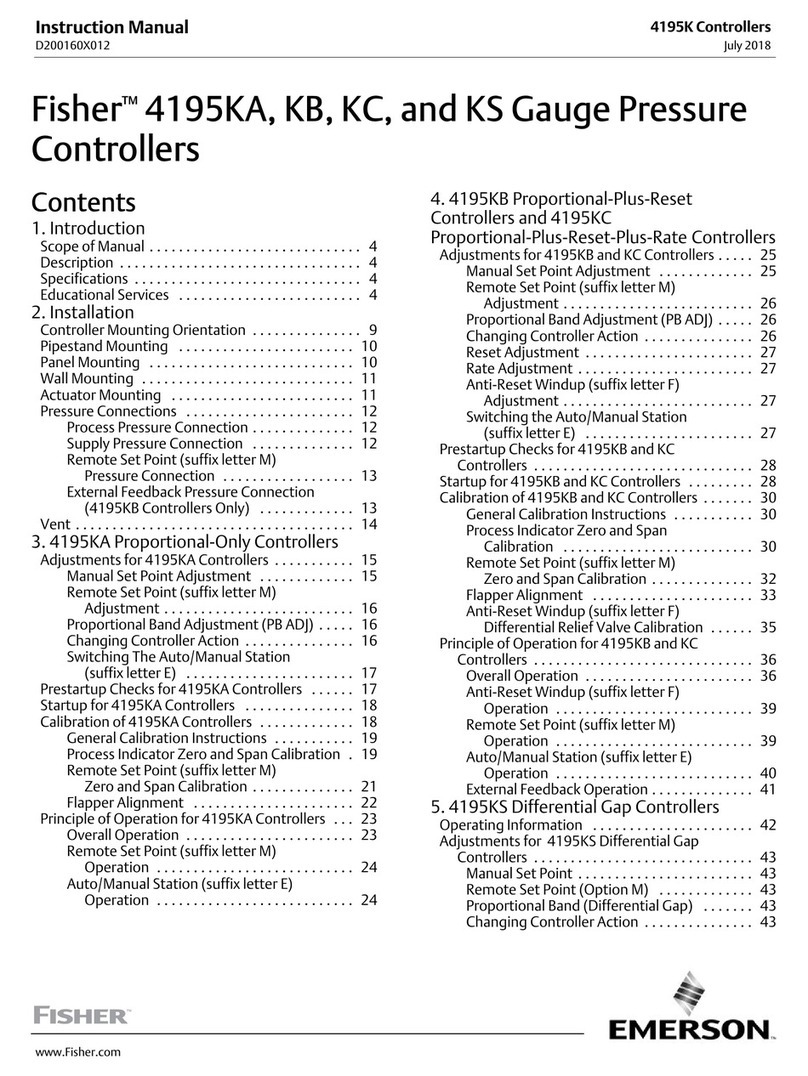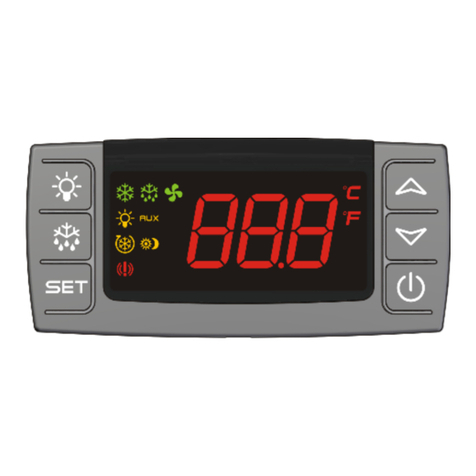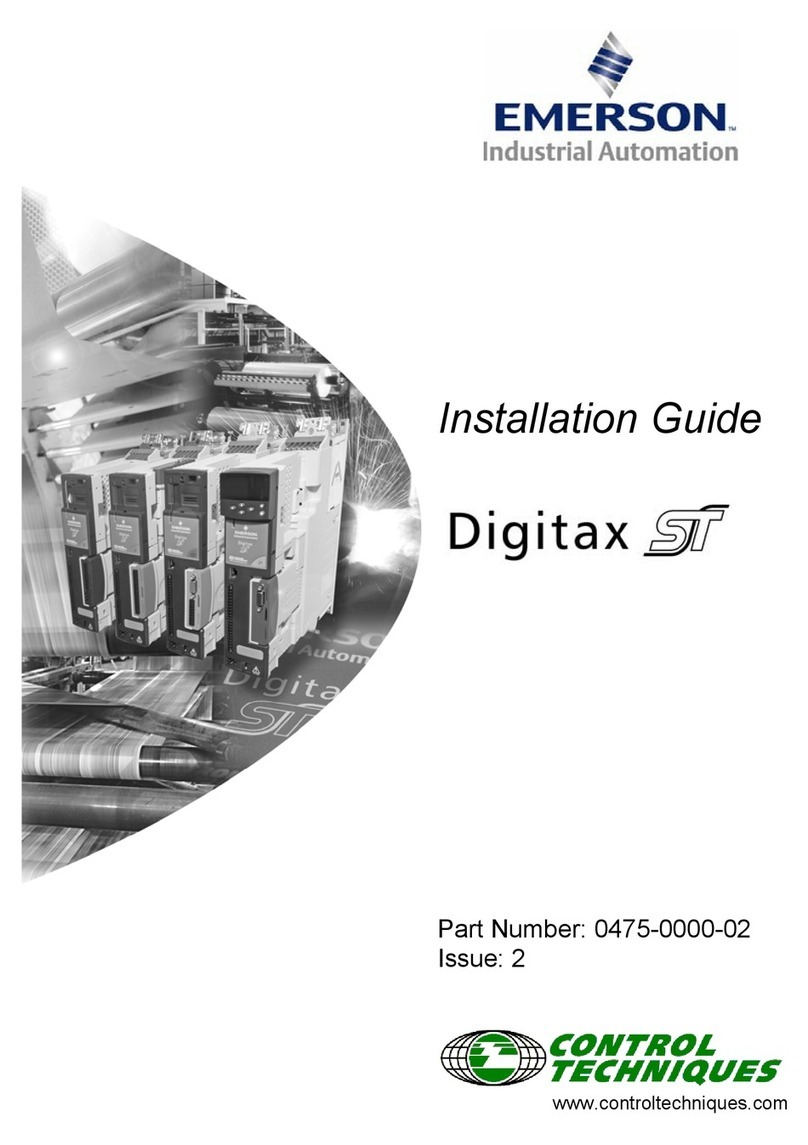
1592002231 XT130-131C-D GB R.1.0 25.05.2015 XT130C –XT131C - XT130D –XT131D 2/4
In “Pr2” when a parameter is present in “Pr1” the LED is on.
5.7 HOW TO CHANGE A PARAMETER
To change a parameter value operates as follows:
1. Enter the Programming mode
2. Select the required parameter.
3. Press the “SET” key to display its value.
4. Use “UP” or “DOWN” to change its value.
5. Press “SET” to store the new value and move to the following parameter.
TO EXIT: Press SET + UP or wait 15s without pressing a key.
NOTE: the set value is stored even when the procedure is exited by waiting the time-out to expire.
5.8 HOW TO LOCK THE KEYBOARD
1. Keep pressed for more than 3 s the the o and nkeys.
2. The “POF” message will be displayed and the keyboard will be locked. At this point it will be
possible only to see the set point or the MAX o Min temperature stored
3. If a key is pressed more than 3s the “POF” message will be displayed.
5.9 TO UNLOCK THE KEYBOARD
Keep pressed together for more than 3s the the o and nkeys, till the “Pon” message will be
displayed.
5.10 ON/OFF FUNCTION
TO SWITCH THE INSTRUMENT ON/OFF: If the function is enabled (par. onF=yES), by pressing
the SET key for more than 4s the controller is switched OFF. To switch the instrument on again
press the SET key.
6. PROBES AND MEASURING RANGE
7. LIST OF PARAMETERS
REGULATION
db dead band width: (0.1÷Full Scale) this is the band below and above the set point beyond
which the relay 1 respectively relay 2 are enabled. Once a output is enabled, it remains ON
until the set point is reached.
LS1 Minimum set point: (Down Sc.÷ Set) Sets the minimum acceptable value for the set point.
US1 Maximum set point: (Set÷ Full Sc.) Sets the maximum acceptable value for set point.
AC Anti-short cycle delay: (0÷250 sec) Minimum time between the switching off and the
following switching on
on Minimum time a stage stays switched ON (0÷250 sec)
ono:Minimum time between 2 following switching ON of the same load (0÷120 min).
ALARMS
ALC Temperature alarms configuration: it determines if alarms are relative to set point or
referred to absolute values.
rE relative to set point; Ab absolute temperature
ALL Minimum alarm:
with ALC=rE: relative to set point, (0÷|Down Sc.-Set|) this value is subtracted from the set
point. The alarm signal is enabled when the probe values goes below the “SET-ALL” value.
with ALC=Ab absolute value, minimum alarm is enabled when the probe values goes below
the “ALL” value.
ALU Maximum alarm:
with ALC=rE: alarm relative to set point, (0÷|Full Sc.-Set|) Maximum alarm is enabled when
the probe values exceeds the “SET+ALU” value.
with ALC=Ab: absolute alarm, (Set÷Full Sc.) Maximum alarm is enabled when the probe
values exceeds the “ALU” value.
ALH Differential for alarm recovery: (0,1÷Full scale) the alarm recovers when probe value is
higher than Alarm value + ALH.
ALd Alarm delay:(0÷999 min) time interval between the detection of an alarm condition and
alarm signalling.
dAO Delay of alarm at start-up: (0÷23.5h) time interval between the detection of the alarm
condition after instrument power on and alarm signalling.
So1 Relay status with faulty probe: So1=oFF open; So1=on closed.
So2 Output 2 status with faulty probe: So1=oFF open; So1=on closed.
tbA Status of alarm relay after pushing a key. (XT131C/ XT131D only): oFF = relay disabled;
on = relay enabled.
AS Alarm relay configuration (XT131C only): cL = 4-6 terminals open with alarm; oP = 4-6
terminals closed with alarm.
PROBES AND DISPLAY
LCI Start of scale, only with current or voltage input: (with rES = in, dE, cE: -99.00÷199.00,
with rES=irE -999÷1999) Adjustment of read out corresponding to 4mA or 0V input signal.
UCI End of scale, only with current or voltage input (with rES = in, dE, cE: -99.00÷199.00,
with rES=irE -999÷1999) Adjustment of read out corresponding to 20mA or 1V or 10V input
signal.
oPb Probe calibration: (-999÷999) allows to adjust possible offset of the probe.
rES Resolution: select the resolution of the controller.
in= integer (-99÷199);
dEC= 1 decimal point (-99.0÷199.0),
cE = 2 digits after the decimal point (-99.00÷199.00) only for current or voltage input,
irE = integer, large scale (–999÷1999) only for current or voltage input.
WARNING: if rES is changed from “irE” to another value, all the parameters values
expressed in degrees: SET, db, LS1, uS1, ALL, ALu, ALH, LCi, uCi, LAo, uAo, HES, have to
be checked and set.
NOTE: the decimal point selection is not available on models with thermocouple input.
UdM Measurement unit: it depends on models:
for temperature:°C = Celsius; °F = Fahrenheit.
with 4÷20mA, 0÷1V, 0÷10V input : 0= °C; 1= °F, 2= %RH, 3=bar, 4=PSI, 5=no
measurement unit.
PbC Probe selection: it sets the kind of probe. It depends on models
for temperature NTC/PTC: Ptc = PTC; ntc = ntc.
for temperature standard: Pt= Pt100, J = J thermocouple, c= K thermocouple, S = S
thermocouple; Ptc = PTC; ntc = ntc.
with 4÷20mA, 0÷1V, 0÷10V input : cur=4÷20mA, 0-1= 0÷1V, 10= 0÷10V.
P3F Third wire presence for Pt100 probe: for using 2 or 3 wires Pt100 probes: no = 2 wires
probe; yES = 3 wires probe.
ANALOG OUTPUT - ONLY FOR XT130D, XT131D - OPTIONAL
AOC Analog output configuration: (only for models with analog output)
AOC=Pb Probe reading. The analog output parameters LAO and UAO are indipendent and
correspond to the absolute read-out probe signal.
AOC=Er Probe - Set Point1. The analog output parameters LAO and UAO are related to
the difference between measurement of the probe and Set Point .
LAO Lower analog output limit: (only for models with analog output) minimum value of
temperature associated to the 4mA analog output. This value can be absolute or relative to
the Set Point by setting the AOC parameter.
UAO Upper analog output limit: (only for models with analog output) maximum value of
temperature associated to the 20mA analog output. This value can be absolute or relative to
the Set Point by setting the AOC parameter.
SAO Analog output safety with probe fault: (only for models with analog output)
determines what state the analog output should assume when the probe is faulty:
SAO = oFF; analog output = 4mA
SAO = on; analog output = 20mA.
DIGITAL INPUT
HES Set point change during during the Energy Saving cycle : (Down Sc./Full Sc.) sets the
variation of the set point during the Energy Saving cycle.
i1F Digital input operating mode: configure the digital input function: c-H = NOT USED;
oFF = to switch the controller off.; AUS = Not used; HES = Energy Saving; EAL = generic
external alarm; bAL = serious external alarm: it switches off the loads.
i1P Digital input polarity:
CL : the digital input is activated by closing the contact;
OP : the digital input is activated by opening the contact
did Digital input alarm delay:(0255 min) delay between the detection of the external alarm
condition (i1F= EAL or i1F = bAL) and its signalling.
OTHER
Adr RS485 serial address (0÷247) identifies the instrument within a control or supervising
system.
onF Swithching ON/OFF enabling from keyboard: (no = disabled; yES=enabled) It permits
the switching OFF of the instrument by pressing the SET key for more than 4s.
Ptb Parameters table: (read only) Shows the code of the parameters map.
rEL Software release: (read only)
Pr2 To access the Pr2 parameter programming menu.
8. INSTALLATION AND MOUNTING
Instrument XT130C and XT131C shall be mounted on vertical
panel, in a 29x71 mm hole, and fixed using the special brackets
supplied.
To obtain an IP65 protection grade use the front panel rubber
gasket (mod. RG-C). Instruments XT130D, XT131D, shall be
mounted on an omega DIN rail .
The temperature range allowed for correct operation is 060 °C.
Avoid places subject to strong vibrations, corrosive gases,
excessive dirt or humidity. The same recommendations apply to
probes. Let air circulate by the cooling holes.
9. ELECTRICAL CONNECTIONS
The instruments are provided with screw terminal block to connect cables with a cross section up
to 2,5 mm2. Before connecting cables make sure the power supply complies with the instrument’s
requirements. Separate the input connection cables from the power supply cables, from the
outputs and the power connections. Do not exceed the maximum current allowed on each relay, in
case of heavier loads use a suitable external relay.
10. SERIAL CONNECTIONS
All models can be connected to the monitoring and supervising system XJ500 using the serial
port. The external XJ485 serial module to interface the instrument with the monitoring and
supervising system XJ500 is required.
The standard ModBus RTU protocol it is used.
NOTE: XT130C or XT131C instruments with current or voltage input and 230V or 115V
supply, cannot be connected to the XJ485 serial module.
